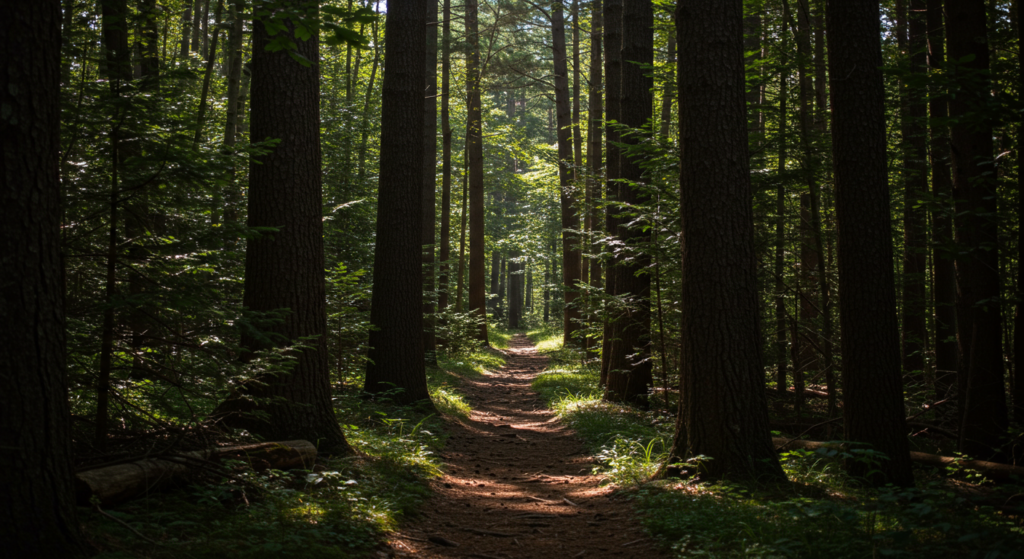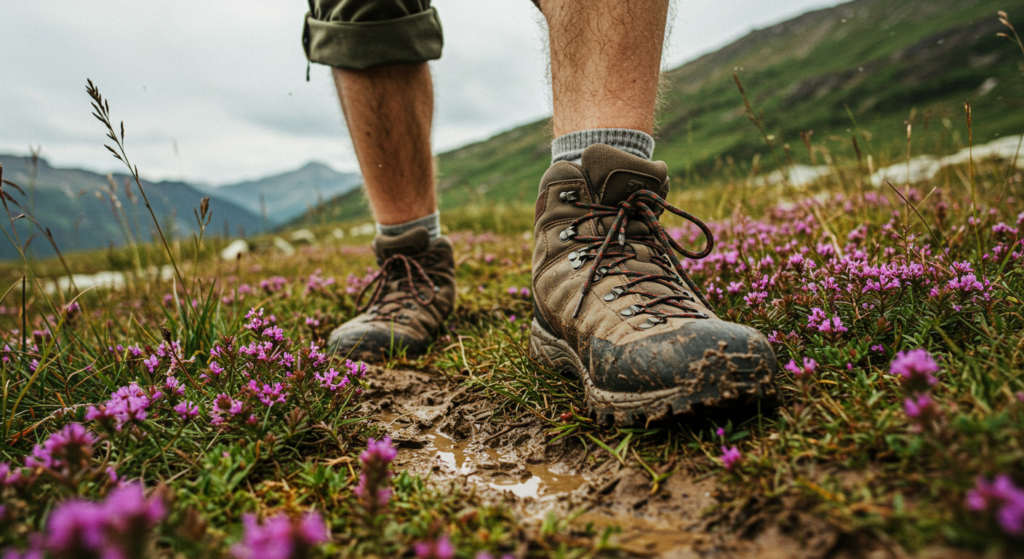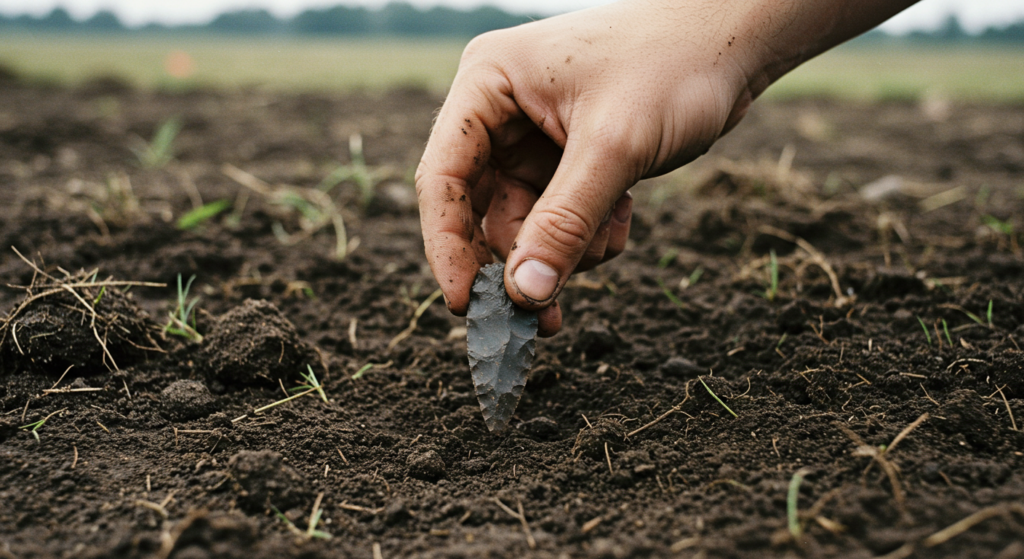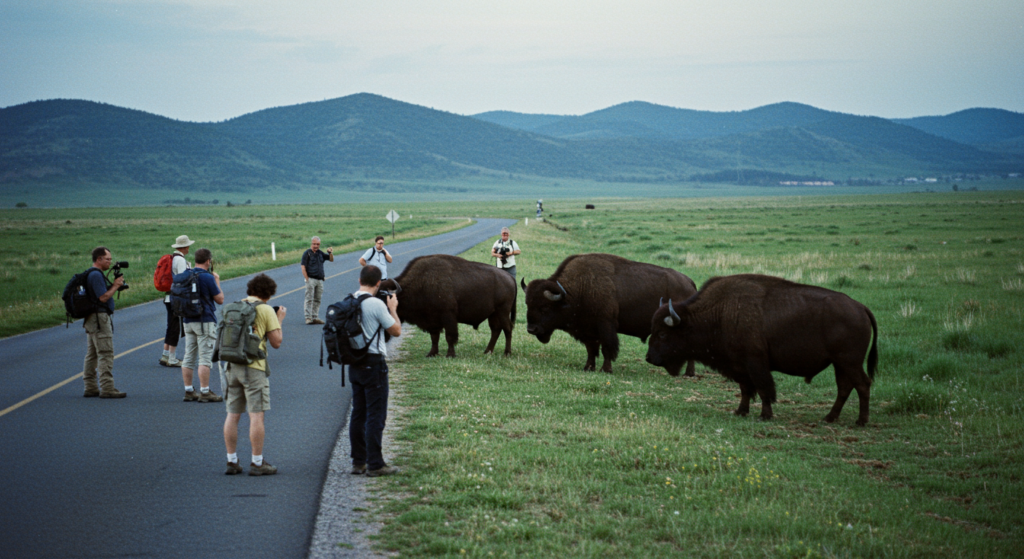Leave No Trace, It’s Survival for the Wild

Spending time outdoors is about more than just fresh air and scenic views. It is about immersion, getting lost in the quiet, feeling the dirt beneath your boots, and tuning into the rhythms of the wild. The forest does not care about schedules, the mountains do not cater to comfort, and the rivers will continue flowing long after human footprints have faded. There is something deeply humbling about stepping into nature’s domain, a reminder that the world is vast, untamed, and indifferent to personal agendas.
But here’s the deal: the wilderness is not a theme park. It does not exist for human convenience, and every step, every fire, every careless action has consequences. The privilege of experiencing nature comes with a responsibility to protect it. The trees, the streams, the quiet corners of untouched land, they all deserve to remain wild and unspoiled. Whether camping under the stars, trekking through deep woods, or sitting in silence beside an alpine lake, the goal should always be the same: leave no trace. If you love the outdoors, prove it by respecting it.
What Are the Leave No Trace Principles?
The Leave No Trace principles are not rules to be followed when it’s convenient. They are a responsibility, a way to ensure that the landscapes people treasure stay wild and unspoiled. These seven principles are designed to minimize human impact and keep nature exactly as it should be, untouched.
By following these 7 principles, outdoor enthusiasts can ensure that their adventures do not contribute to the degradation of the environment. Whether venturing into the backcountry for a day hike or setting up camp deep in the wilderness, these guidelines serve as a roadmap for responsible outdoor ethics.
1. Plan Ahead and Prepare
Nature is unpredictable, and failing to prepare means preparing to fail. Before heading out, research the area, check regulations, and secure any necessary permits. Pack smart, bringing maps, a compass, and the right gear to stay self-sufficient. Planning ahead prevents unintentional damage, like trampling fragile ecosystems while searching for a last-minute campsite or getting lost and needing rescue. Know before you go.
Thoughtful preparation also means understanding weather conditions, wildlife activity, and potential hazards. Having a well-planned itinerary and informing others of travel plans can increase safety while minimizing the risk of unnecessary disturbances to the environment.
2. Travel and Camp on Durable Surfaces

Every footprint in the wrong place leaves a scar. Stick to established trails and designated campsites, avoiding meadows, wetlands, and other fragile areas. Rock, gravel, and packed dirt can handle the weight of boots and tents—delicate flora cannot. Straying off-trail leads to erosion, habitat destruction, and a slow unraveling of the very places people seek to enjoy. Tread lightly, or don’t tread at all.
Setting up camp in durable areas reduces long-term damage to the landscape. When selecting a site, choose one that is at least 200 feet from lakes and streams to protect water sources. Avoid enlarging existing campsites, and instead, use areas that show signs of previous human activity.
3. Dispose of Waste Properly
Nothing ruins a backcountry experience faster than stumbling upon someone else’s trash. Every piece of waste, food scraps, toilet paper, plastic, needs to be packed out. Human waste? Dig a hole at least 6 to 8 inches deep and 200 feet away from any water source. Leaving behind so much as an orange peel disrupts ecosystems and invites wildlife into human spaces. If you packed it in, pack it out. No excuses.
Proper waste disposal extends beyond litter. Used hygiene products, soap residue, and even biodegradable materials should be handled responsibly. When washing dishes or bathing, use biodegradable soap sparingly and dispose of wastewater at least 200 feet away from natural water sources.
4. Leave What You Find

Nature is not a souvenir shop. That rock, that flower, that artifact, it all belongs where it is. Removing natural or cultural objects erases history and disrupts ecosystems. Want to bring something back? Take photos, not artifacts. Let the next visitor experience the same wonder you did, undisturbed and unchanged. Leave nature as you found it.
Beyond resisting the urge to collect mementos, visitors should avoid altering natural landscapes in any way. Carving initials into trees, rearranging rocks, or stacking stones may seem harmless, but these actions can disturb habitats and disrupt the environment for wildlife and future explorers.
5. Minimize Campfire Impact
Fire can be a comforting presence in the wild, but it is also one of the most destructive forces when misused. Whenever possible, use a camping stove instead of an open flame. If a fire is necessary, use established fire rings and keep it small. Only burn dead and downed wood, never strip live trees. When finished, ensure every last ember is cold before leaving. If you cannot control it, do not light it.
Wildfires are often the result of human negligence, making it crucial to practice safe fire management. Gather wood responsibly, keep fires manageable, and always have a plan for full extinguishment. If conditions are dry or fire bans are in place, respect these restrictions and find alternative ways to stay warm and cook food.
6. Respect Wildlife

Wild animals are not photo props, pets, or entertainment. Feeding them disrupts their natural foraging habits and can lead to aggressive behavior. Approaching them causes stress and, in some cases, forces them to abandon nests or food sources. Keep a safe distance, store food properly, and respect their space. Remember, it’s their home, you are the guest. Act accordingly.
Observing wildlife from a distance allows animals to continue their natural behaviors without interference. Secure food in bear-proof containers where necessary, and avoid leaving any food scraps behind. Human interactions with wildlife can have lasting consequences, so keeping a respectful distance is essential.
7. Be Considerate of Other Visitors
Solitude is sacred in the wild, and loud voices, music, or disruptive behavior shatter the experience for others. Keep noise levels down, yield to hikers on the trail, and respect the privacy of fellow campers. The wilderness belongs to everyone, and courtesy goes a long way. Enjoy nature, but don’t ruin it for others.
Beyond being quiet and respectful, consideration for others extends to yielding the trail, allowing faster hikers to pass, and keeping group sizes manageable. Crowding a trail or dominating a campsite can diminish the experience for others seeking the peace and serenity of nature.
Nature Is Not a Playground. Leave No Trace
The outdoors offers a rare kind of freedom, but with that freedom comes responsibility. The Leave No Trace principles are not about rules; they are about respect, for the land, for the wildlife, and for future adventurers. The mountains, forests, and rivers will outlive us all. The question is, what kind of legacy will be left behind?
Every action in the wilderness has a ripple effect, and even small decisions can lead to significant impacts. By adopting Leave No Trace ethics, adventurers ensure that wild places remain just that—wild. Preserving these landscapes means future generations will have the same opportunities to experience their beauty.
Take only memories. Leave only footprints. Or better yet, leave nothing at all.
